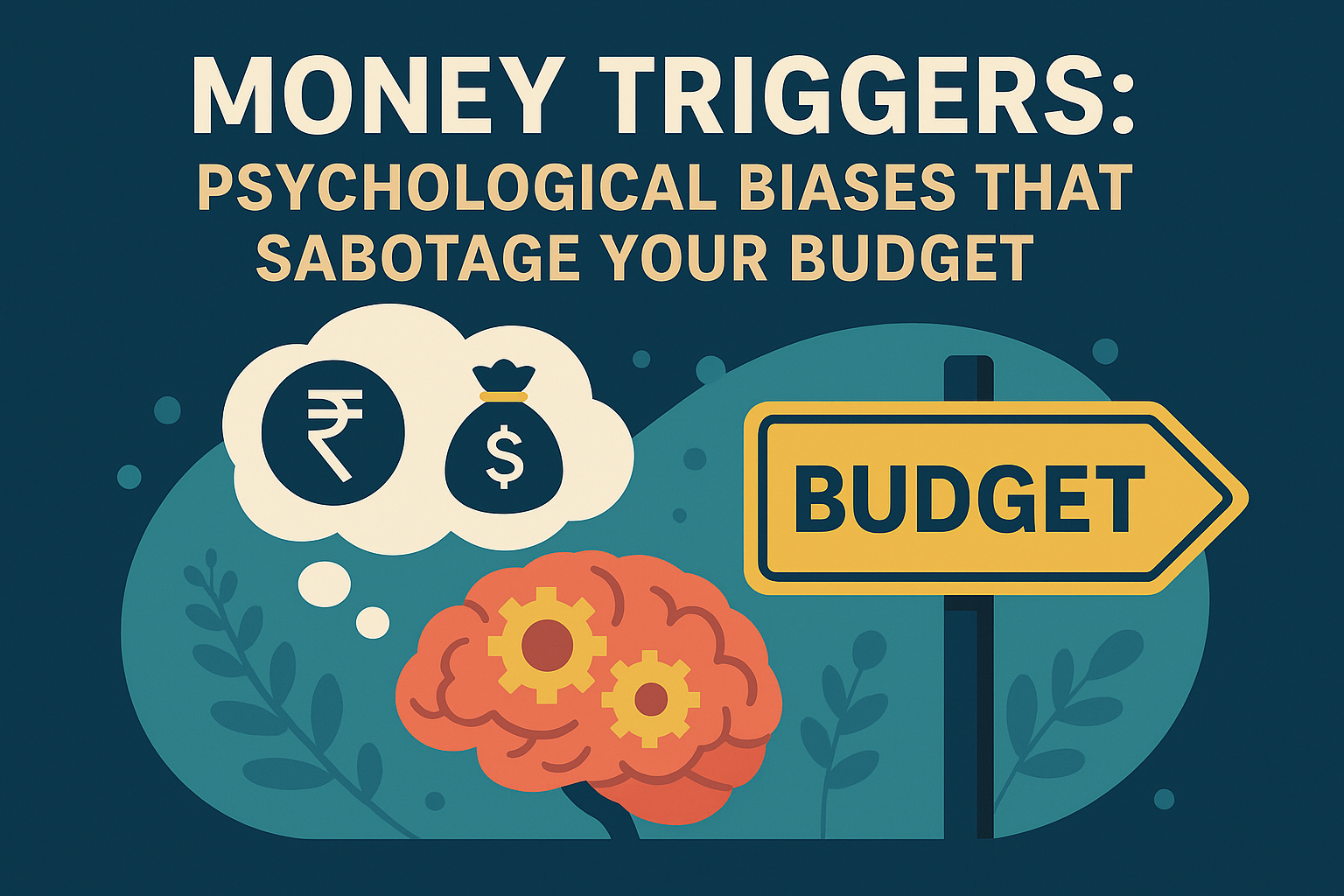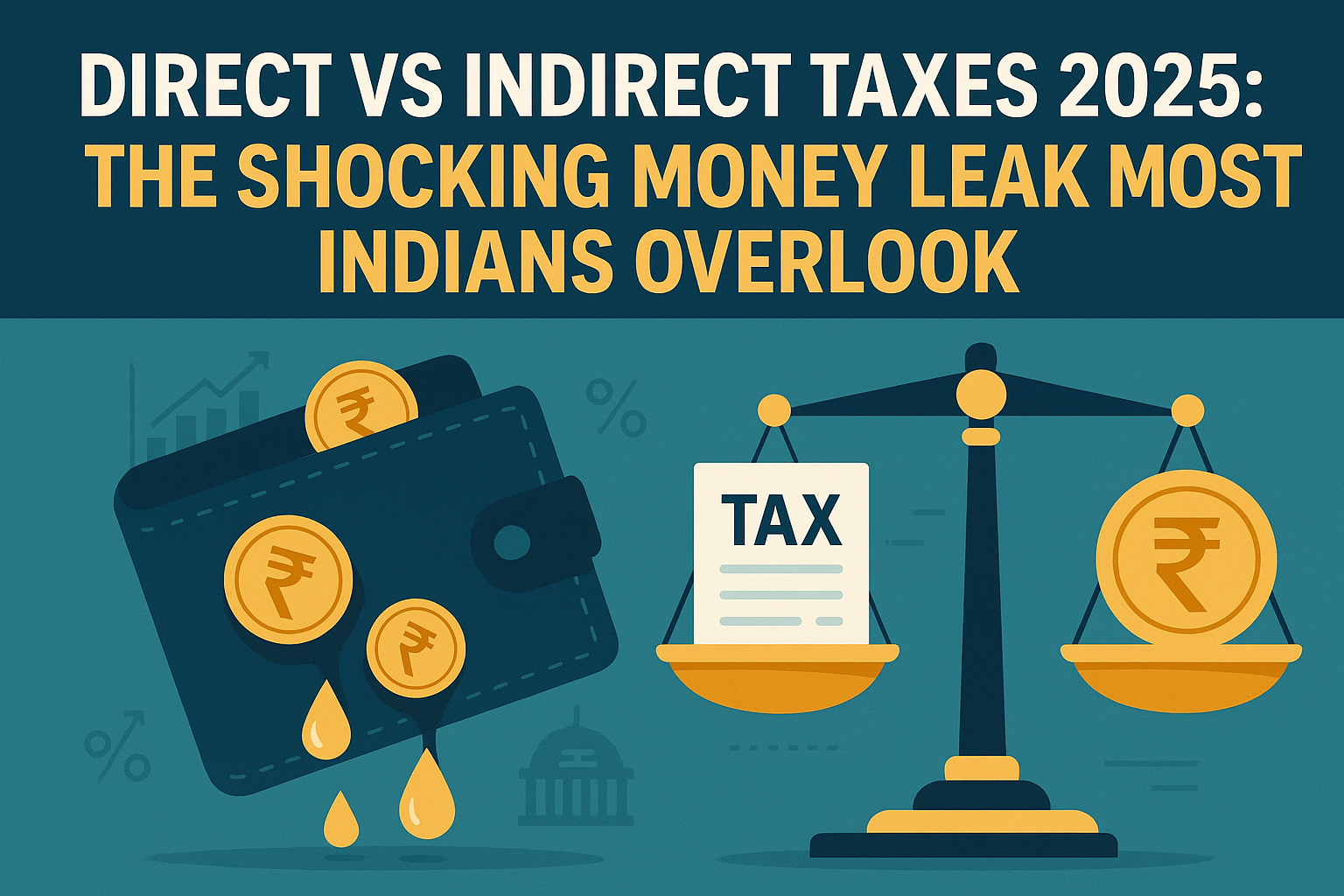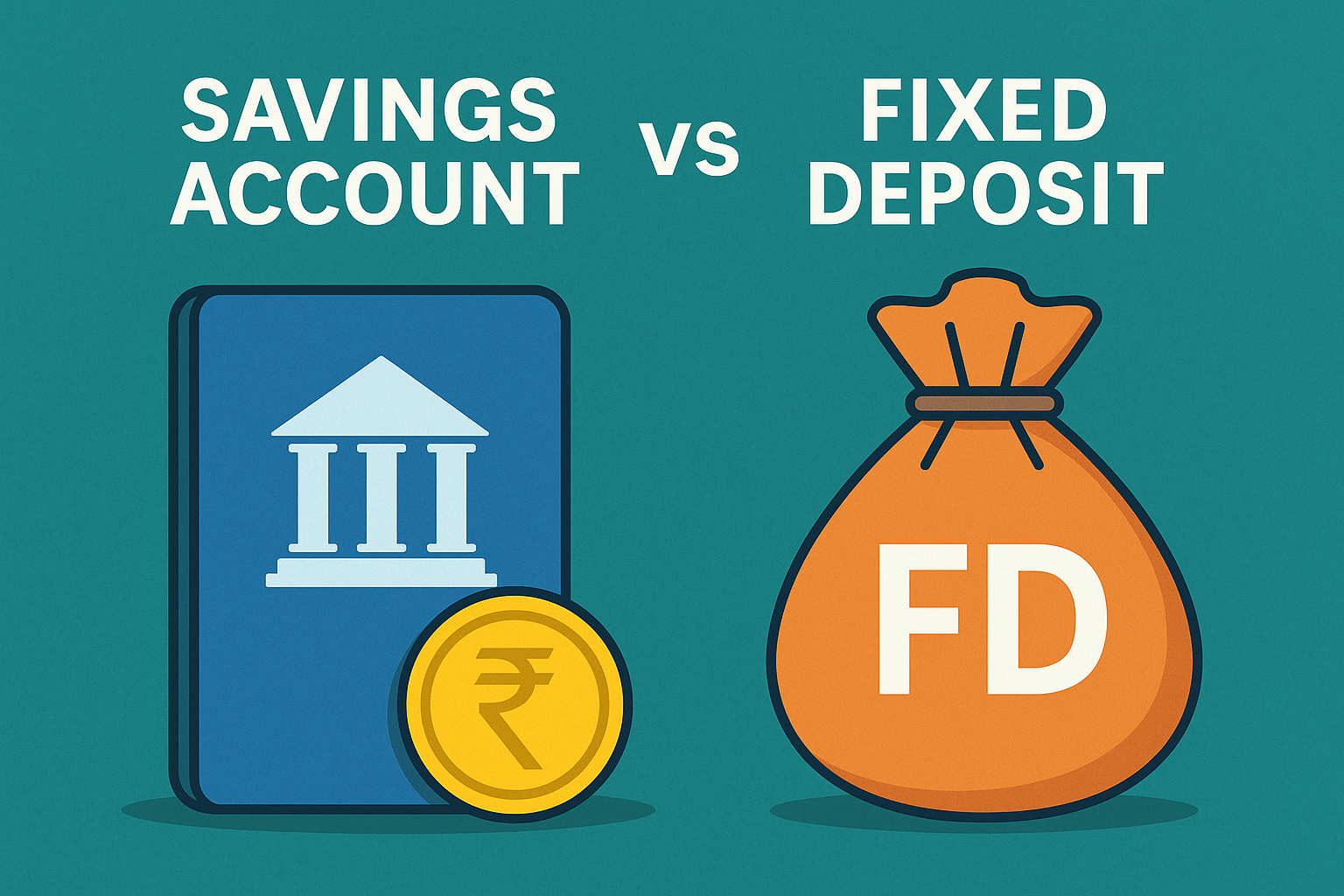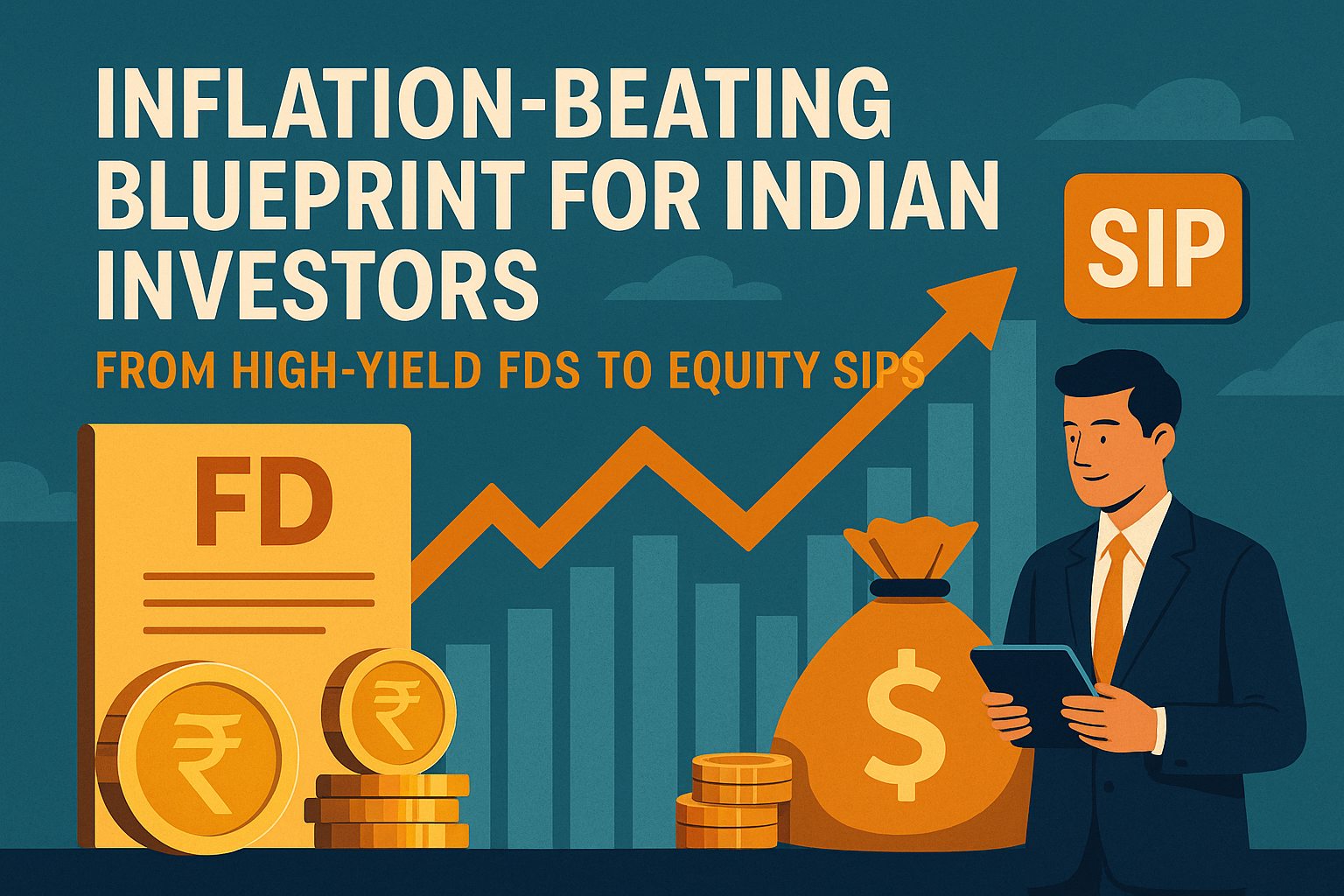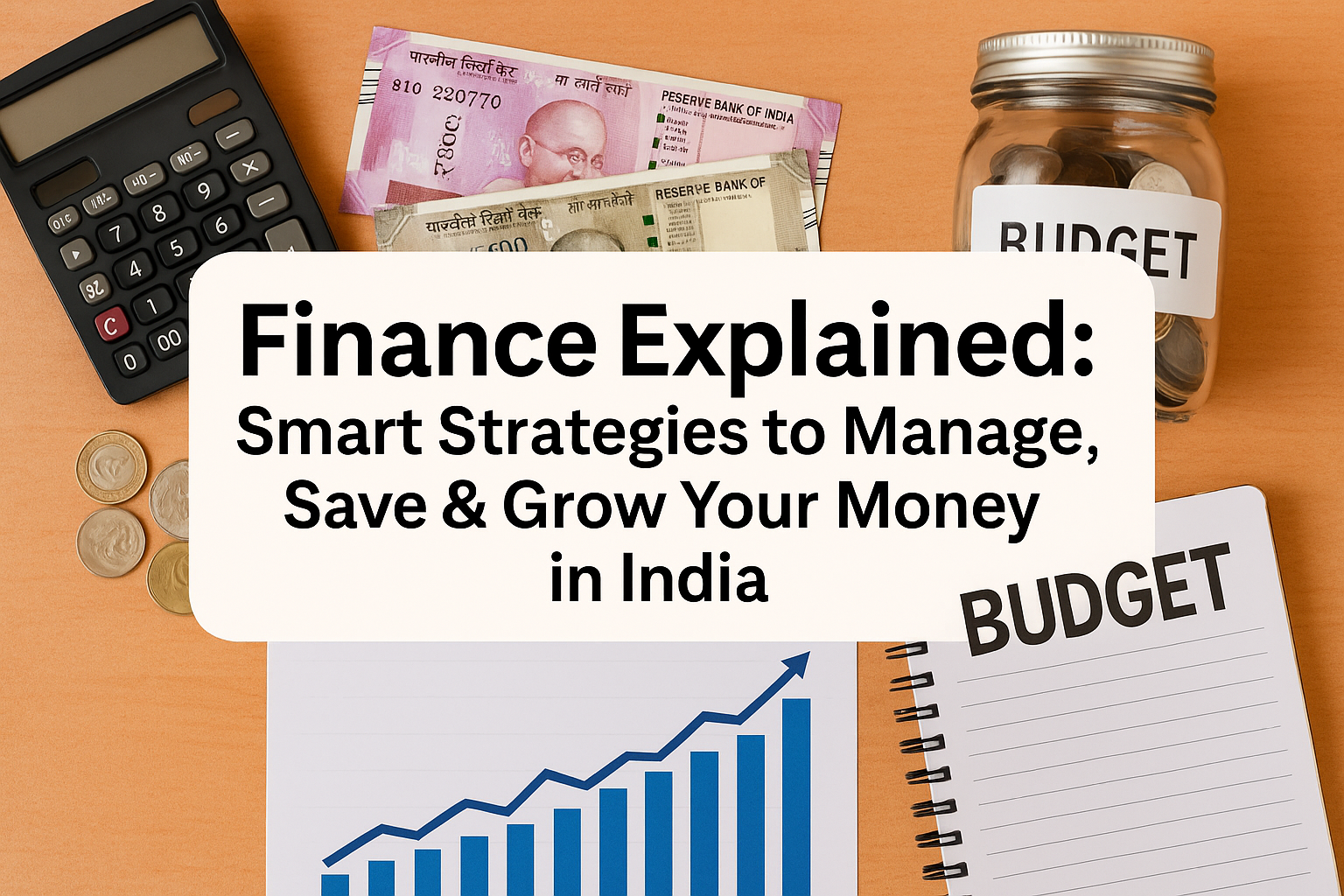
What Is Finance? Why Does It Matter?
Finance is the foundation of every decision involving money, whether it’s buying your first home, starting a business, investing in the stock market, or simply saving for a rainy day. At its core, finance is the science and art of managing money effectively. It includes planning, raising, investing, and controlling funds for individuals, businesses, and governments.
In India, where financial literacy is still evolving and socio-economic disparities influence access to information, understanding finance has become not just beneficial but essential. With rising inflation, unpredictable job markets, and increased access to digital banking and investment tools, knowing how to manage your money wisely is no longer a luxury; it’s a survival skill.
Personal Finance vs. Corporate Finance
To understand finance holistically, it’s important to differentiate between personal finance and corporate finance:
-
Personal finance involves managing your own income, expenses, savings, investments, taxes, insurance, and retirement plans. It’s about making everyday money decisions like creating a monthly budget, paying credit card bills, choosing the right savings plan, and preparing for long-term goals such as owning a house or retiring comfortably. In the Indian context, this could also mean understanding tax-saving instruments under Section 80C or balancing a SIP with traditional instruments like PPF and FDs.
-
Corporate finance, on the other hand, deals with financial activities in a business context. It involves financial planning, raising capital, budgeting, forecasting, and managing risk and returns. Indian companies routinely engage in decisions about mergers, funding through equity or debt, and strategic reinvestment of profits. While personal finance is about securing individual futures, corporate finance is about maximising value for shareholders and ensuring long-term business sustainability.
Why Every Indian Must Understand Finance
In today’s fast-paced world, financial missteps can lead to long-term consequences. Understanding finance isn’t just about becoming rich; it’s about becoming resilient. Here’s why every Indian, regardless of income level, profession, or geography, should invest in financial awareness:
-
Avoiding Debt Traps
Credit cards, buy-now-pay-later schemes, personal loans, and EMIs are accessible like never before. But without proper understanding, they can lead to crippling debt. Knowing how to borrow wisely and repay responsibly is the key to avoiding financial stress. -
Building Wealth Over Time
Compounding is a powerful force, but only for those who start early and stay consistent. Whether it’s through SIPs, mutual funds, stocks, or government bonds, knowing where and how to invest helps you grow your wealth exponentially, even with modest savings. -
Achieving Short- and Long-term Goals
Be it funding a child’s education, planning a wedding, or securing retirement goals, it costs money. Financial literacy allows you to set realistic goals, budget appropriately, and make disciplined progress toward achieving them. -
Shielding Against Inflation
With the cost of goods and services steadily rising, parking money in low-interest savings accounts is no longer enough. Understanding inflation-protected instruments and asset diversification helps preserve and grow your purchasing power. -
Taking Advantage of Digital India
From UPI and credit scores to robo-advisors and stock trading apps, India’s financial ecosystem is evolving rapidly. To participate meaningfully, citizens need not just access but knowledge.
Money Basics – Getting Started with Personal Finance

Understanding Income, Expenses, Assets & Liabilities
- Income is the money you earn through a job, business, or investments.
- Expenses are your monthly outflows, like rent, groceries, and utilities.
- Assets include your savings, investments, and property.
- Liabilities are debts such as loans or credit card balances.
Understanding these basics helps you calculate your net worth: Net Worth = Total Assets – Total Liabilities
Tracking Your Cash Flow Easily
Cash flow is the movement of money in and out of your wallet or bank account. Use simple tools like:
- Spreadsheets
- Apps like Walnut, Money View, or Goodbudget
Regular tracking reveals unnecessary expenses and areas to save.
Budgeting Tips That Actually Work in India
The 50-30-20 Rule: Can It Work for You?
- 50% Needs: Rent, groceries, bills
- 30% Wants: Dining out, shopping
- 20% Savings: SIPs, emergency funds
This model helps balance life enjoyment and future security.
Budgeting Apps Every Indian Should Know
- ET Money: Tracks expenses, recommends savings
- Money Manager: Simple interface for daily budgeting
- Spendee: Visualize spending patterns
Weekly vs Monthly Budgets: Which Is Better?
- Weekly budgeting suits freelancers or those with irregular income.
- Monthly budgeting works well for salaried individuals.
Use both methods for best results: weekly checks within a monthly framework.
How to Build Emergency Funds the Right Way
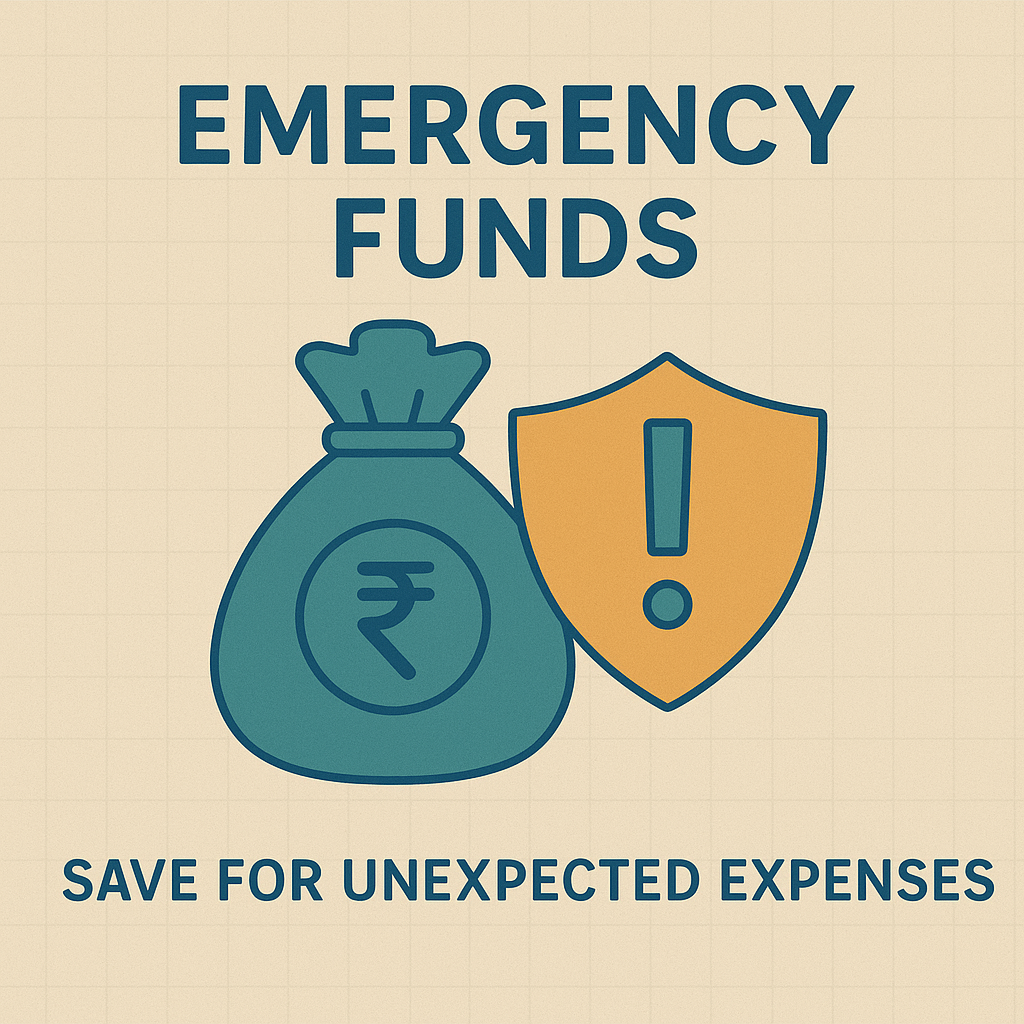
How Much Should You Save for Emergencies?
Ideally, save 3 to 6 months’ worth of living expenses.
For example, if your monthly expense is ₹30,000, aim for an emergency fund between ₹1.8L and ₹2.2L.
Best Saving Instruments for Emergency Funds in India
- Savings Account: Easy access, but low returns
- Fixed Deposits: Better interest, short-term lock-in
- Liquid Mutual Funds: High liquidity and better returns
Keep the fund in a separate account to avoid spending it accidentally.
Saving Strategies for Every Salary Bracket

Saving Tips for Salaried Individuals
- Automate savings via ECS or standing instructions
- Use employer benefits like EPF and NPS
- Set saving goals for travel, gadgets, and a home down payment
SIPs, PPFs, FDs – Where Should You Park Your Savings?
- SIPs (Systematic Investment Plans): Ideal for long-term wealth
- PPF (Public Provident Fund): Tax-free interest, 15-year lock-in
- FDs (Fixed Deposits): Low risk, guaranteed returns
Diversify between these based on your risk appetite.
Money Mistakes to Avoid in Your 20s, 30s, and 40s
Common Mistakes in Credit Usage
- Not paying credit card dues in full
- Overspending using Buy Now Pay Later (BNPL) schemes
Always keep your credit utilisation below 30%.
Why Indians Often Skip Insurance and Why That’s Risky

In India, insurance is often viewed not as a necessity but as an optional add-on, something to be considered only after achieving other financial goals like buying a house or saving for children’s education. This mindset can prove to be financially devastating.
Despite a growing middle class and increasing awareness, a large portion of India’s population remains underinsured or entirely uninsured. According to IRDAI reports, insurance penetration in India is among the lowest globally, particularly in the rural and informal sectors. But why is that?
The Common Misconceptions Around Insurance in India
-
“It’s too expensive.”
Many assume that insurance premiums are unaffordable. In reality, products like term insurance and basic health coverage are available for just a few hundred rupees per month. The cost is negligible when compared to the financial ruin that a medical emergency or untimely death could cause. -
“I’m healthy; I don’t need it.”
This is a dangerous assumption. Accidents, critical illnesses, and sudden hospitalisation can happen to anyone, regardless of age or health status. Insurance is meant for the unexpected; by the time you need it, it’s too late to get it. -
“I’ll get it later.”
Delaying insurance only increases the premium and narrows your eligibility. Buying insurance young means lower premiums and better coverage due to lower risk. -
“My employer covers me.”
Employer-provided insurance is often basic and non-transferable. It may not cover your family members, and it lapses if you change or lose your job. Having your own policy ensures continuous protection.
The Real Financial Risk of Skipping Insurance
In a country where out-of-pocket medical expenses are among the highest globally, skipping insurance can wipe out years of savings in one unfortunate incident. Consider these real-world scenarios:
-
Medical Emergency: A sudden surgery or critical illness can cost ₹3–10 lakhs or more in a private hospital.
-
Loss of Income: If the primary earner passes away without term insurance, the family could be left struggling to cover even basic expenses.
-
Legal Liability: In the absence of motor insurance, a road accident could result in large compensation claims.
The Two Must-Have Insurances for Every Indian
✅ 1. Term Life Insurance – Income Replacement
A term insurance policy offers large life cover at a low premium. For example, a healthy 30-year-old can get a ₹1 crore policy for around ₹600–₹800 per month. In the event of the policyholder’s death, the family receives a lump sum payout that can:
-
Cover ongoing expenses
-
Pay off debts and loans
-
Secure the future of children or elderly dependants.
Unlike endowment or ULIP plans, term plans are pure protection policies No frills, no investment gimmicks.
✅ 2. Health Insurance – Medical Expense Coverage
Healthcare costs are rising steeply, especially in private hospitals. A single hospitalisation can derail your financial planning for years. Health insurance ensures you don’t have to dip into savings or go into debt during medical emergencies. Benefits include:
-
Cashless treatment at network hospitals
-
Pre- and post-hospitalization cover
-
Tax benefits under Section 80D
Even a basic individual policy of ₹5–10 lakhs can be a lifesaver, and family floater plans make it cost-effective for households.
Start early to get lower premiums.
Smart Spending Habits for a Balanced Life
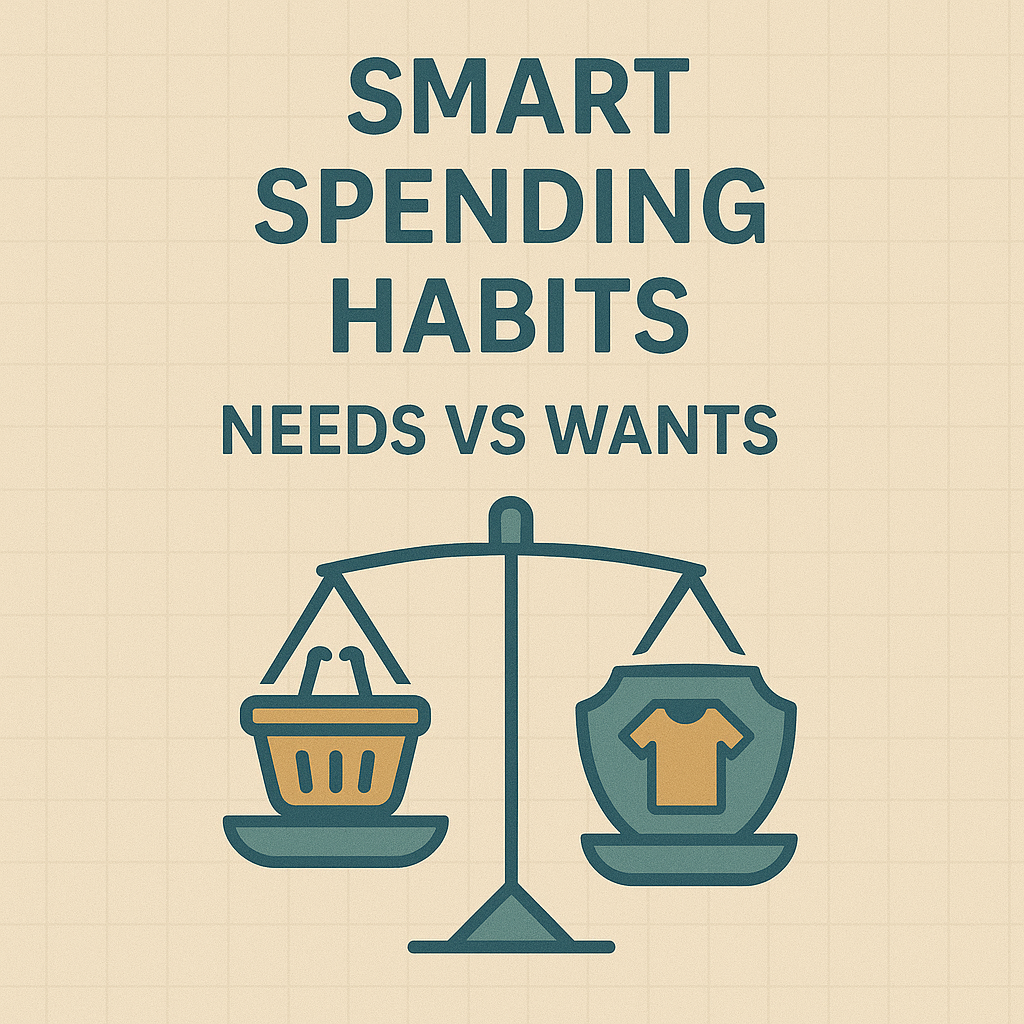
Needs vs Wants – Indian Context
In personal finance, one of the first steps toward smarter spending is distinguishing between needs and wants, especially in a country like India where rapid lifestyle upgrades often blur the lines.
-
Needs are essentials required for survival and well-being: rent, groceries, utilities, and basic transportation.
-
Wants are lifestyle enhancers such as food deliveries from Swiggy, OTT subscriptions like Netflix or Amazon Prime, and gadgets like smartphones and wearables.
While it’s okay to indulge occasionally, excessive spending on wants can derail your financial goals. Recognising the difference between the two helps you curb impulsive purchases and prioritise meaningful savings.
Best Practices for Responsible Credit Card Usage
Credit cards, when used wisely, are powerful financial tools. However, misuse can lead to a debt spiral and poor credit scores.
Follow these best practices to use credit cards responsibly:
-
Pay your full balance every month to avoid interest charges.
-
Avoid EMIs unless interest-free. Many EMI schemes come with hidden processing fees or high interest rates.
-
Monitor your statements regularly to detect fraudulent activity and correct billing errors.
Remember: a credit card should be used for convenience and cashback, not for funding a lifestyle you can’t afford. Treat it like a tool, not a loan.
How to Start Investing in India – A Beginner’s Guide
For first-time investors in India, understanding the risk-return relationship is critical. Higher potential returns often come with higher risk. Your investment choices should align with your financial goals, time horizon, and risk tolerance.
🧠 Understanding Risk and Return
-
Conservative investors might prefer fixed deposits or PPF.
-
Those with a higher risk appetite may consider mutual funds or stocks.
📈 Mutual Funds vs. Direct Stocks
-
Mutual funds are ideal for beginners; they are managed by professionals, well-diversified, and come with options for every risk level.
-
Stocks offer higher return potential but demand market knowledge, timing skills, and emotional discipline.
🏦 Government Schemes That Help First-Time Investors
-
Sukanya Samriddhi Yojana (SSY): A high-interest savings plan for the girl child, offering tax benefits.
-
National Pension Scheme (NPS): For building a retirement corpus with partial tax deductions.
-
PMVVY: Designed for senior citizens, providing assured income and security.
Start small, automate your investments, and increase contributions as your income grows.
Frequently Asked Questions (FAQ)
❓ What are the basics of personal finance in India?
Personal finance covers income, expenses, savings, investments, credit management, and risk protection through insurance.
❓ How can I start saving money with a small salary?
Begin by saving at least 10% of your income. Use auto-debit features to transfer funds to a savings or recurring deposit account before you spend.
❓ How much emergency fund should I keep?
Aim to save 3–6 months of essential living expenses in a separate, easily accessible account like a savings or liquid fund.
❓ What’s the best way to budget in India?
Follow the 50-30-20 rule:
-
50% for needs
-
30% for wants
-
20% for savings/investments
Apps like ET Money, Money View, and Walnut can simplify tracking.
❓ What’s the difference between saving and investing?
-
Saving is about preserving money for short-term use or emergencies, usually in low-risk options like FDs or savings accounts.
-
Investing aims to grow your money over time through higher-risk avenues like mutual funds, stocks, or real estate.
❓ Which apps help with money management in India?
Top-rated apps include:
-
ET Money – budgeting, investing, and insurance
-
Money View – automated expense tracking
-
Walnut – visual reports and bill reminders
-
Spendee – family/shared budgeting tools
Conclusion
Finance is more than just numbers on a spreadsheet; it’s about achieving freedom, security, and peace of mind. With the right knowledge and discipline, anyone in India can master the art of managing money effectively.
Whether you’re budgeting your salary, building an emergency fund, making your first investment, or avoiding common financial mistakes, each step brings you closer to long-term stability and wealth.
Start today. Track your earnings. Save before you spend. Protect yourself with insurance. Learn continuously. The earlier you begin, the stronger your financial future.





















